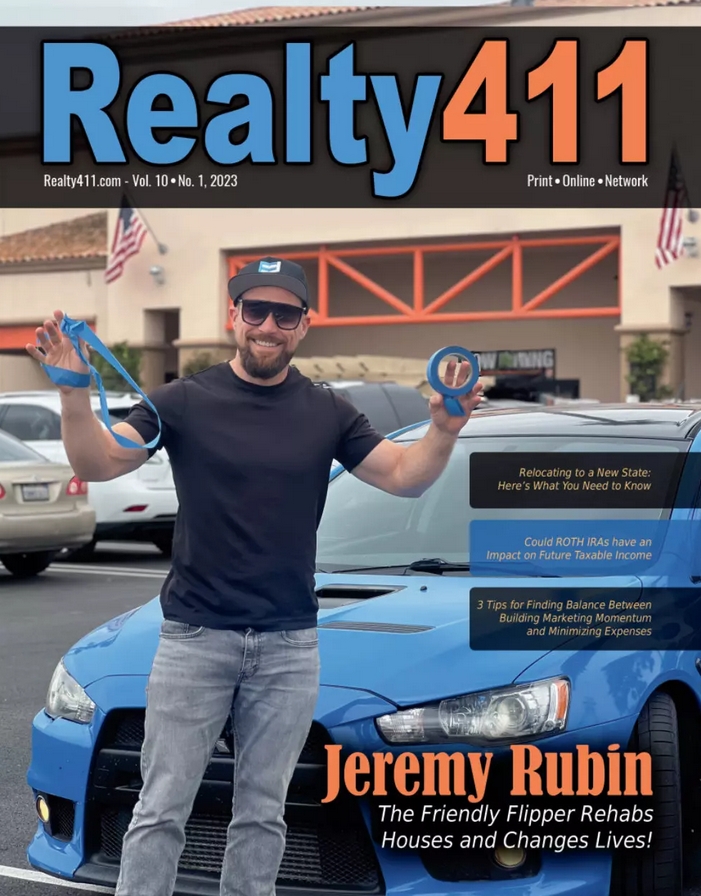|
Getting your Trinity Audio player ready...
|
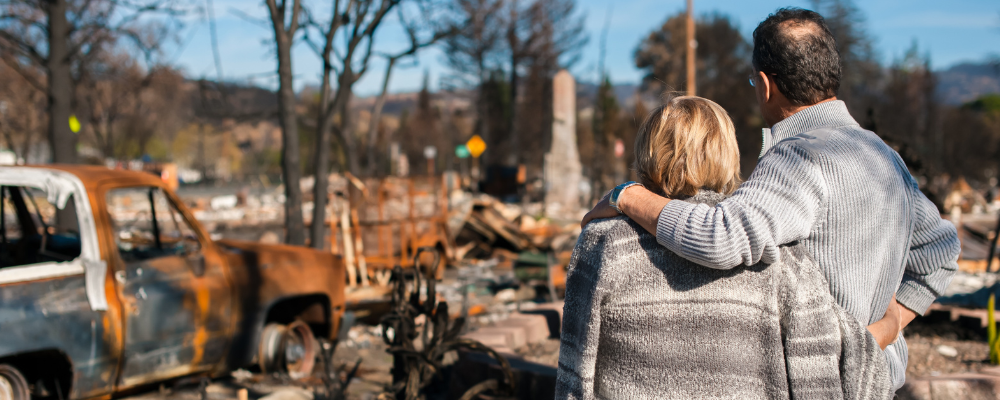
By Rick Tobin
Homeowners and landlord insurance policies are akin to your “safety net” that protects your investment from numerous types of disaster, crime, or “bad luck” situations like a faulty electrical outlet that explodes after too many electronics were plugged into it.
Directly or indirectly, your insurance payouts may be coming from pooled insurance company funds with or without government-backing whether you’re aware of it or not.
Because most American homeowners have the bulk of their net worth tied up in their primary home where they reside, it’s quite important to make sure that you have sufficient amounts of insurance protection in place for any sort of negative situation that could damage your property.
Mortgage companies require that property owners maintain insurance policies on the subject property that protects both the owners and lenders. Any loss of sufficient amounts of insurance coverage protection can be akin to a mortgage default that triggers future foreclosure actions.
article continues after advertisement
The Pooled California FAIR Plan
To simplify, an insurance “pool” shares or spreads out the risk amongst numerous insurance companies. This way in theory at least, one major catastrophe like a firestorm, hurricane, or massive flooding situation doesn’t financially wipe out one insurance company that took on the bulk of the financial risk for a specific region.
Here in California, the FAIR (Fair Access to Insurance Requirements) Plan is considered to be the “insurer of last resort” for property owners who cannot find other forms of insurance.
The FAIR Plan is an insurance pool, which originates from numerous California-licensed insurance companies, that allows high-risk homeowners or investors to gain access to basic fire insurance protection options while limiting any one insurer from having too much liability. Here in 2025, a high percentage of the state of California is now considered “high-risk” as more people are forced to only choose from the much more expensive FAIR Plan.

The FAIR Plan was first created back in 1968 by the California Department of Insurance (CDI). While the FAIR Plan was originally created by the CDI agency and is often described as “state-mandated” property insurance, it’s actually owned and managed by many of the same private insurers who already turned down the property owners before in a much larger giant “pool” of insurance funds.
Insurance Payout Limits
The FAIR Plan caps, or has an upper ceiling limit for claims, for insurance payouts for natural disasters at $3 million for policyholders, according to ABC News. Average home listing prices in Pacific Palisades were closer to $4 million dollars back in December 2024 before the massive firestorm hit.
The average-sized home in Pacific Palisades was near 3,000 square feet, according to ATTOM that I shared in my previous article entitled Steps to Recover from the Pacific Palisades Firestorm.

The rebuilding process, which includes numerous permit fees, could reach as high as $800 to $1,000 per square foot to rebuild according to some estimates. If so, a 3,000 square foot home to rebuild may cost as much as $3 million dollars ($3,000 sq. ft. x $1,000/sq. ft.).
There are several properties located in the Palisades that are valued at tens of millions. How will these FAIR Plan insurance payout caps impact the rebuilding process if the cost far exceeds the $3 million dollar limit?
A Trillion Dollars’ Worth of Damage
Just over the past 12 months alone across the nation, there has probably been more than one trillion dollars’ worth of damage from firestorms, hurricanes, and floods in California, Texas, Florida, North Carolina, and other states. At some point, the bailout funds may run dry from either insurance companies or government agencies.
There’s potentially several hundred billion dollars’ worth of property damage in just Los Angeles County alone from the recent firestorm in January that hit Pacific Palisades and Eaton in Altadena, California particularly hard.
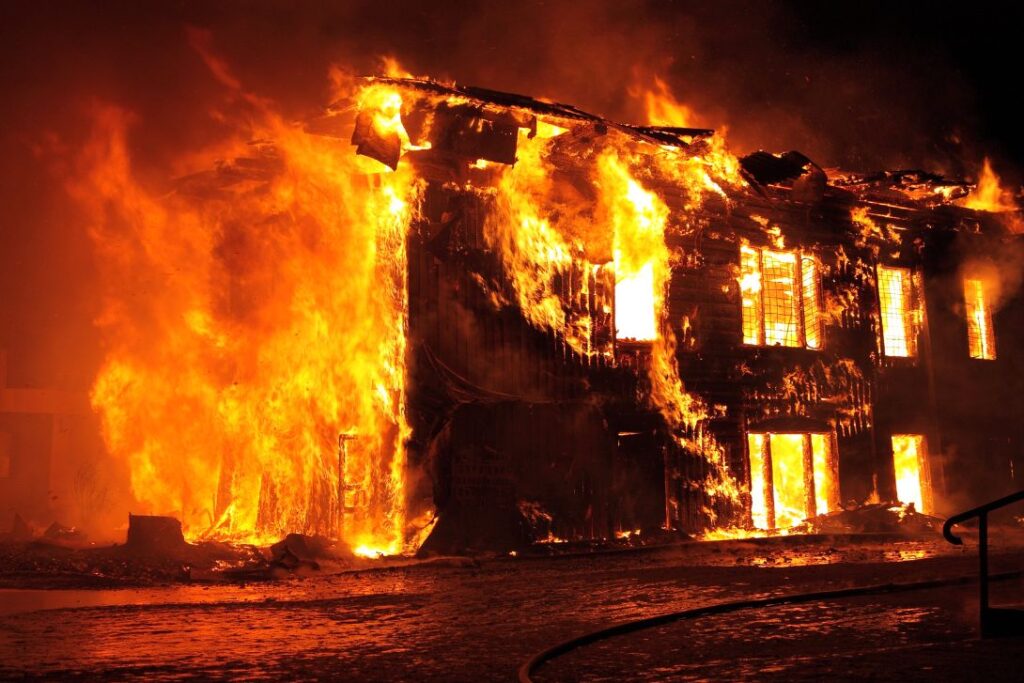
While the Palisades, my former hometown for a decade, got the most national publicity with approximately 6,800 properties destroyed, it was Eaton, near Pasadena, that had even more properties destroyed with an estimated 9,400 properties. Just in these two regions alone, there were more than 16,200 properties severely damaged or completely destroyed.
By comparison, the Los Angeles Riots of 1992, following the Rodney King court verdict, caused $1 billion in property damage at 1,100 property locations.
Insurance Rate Hikes
We’ve all seen significant insurance rate hikes across the nation in recent years, especially in states like Florida where some basic homeowners insurance policy premiums for average-priced homes are near $1,000 per month.
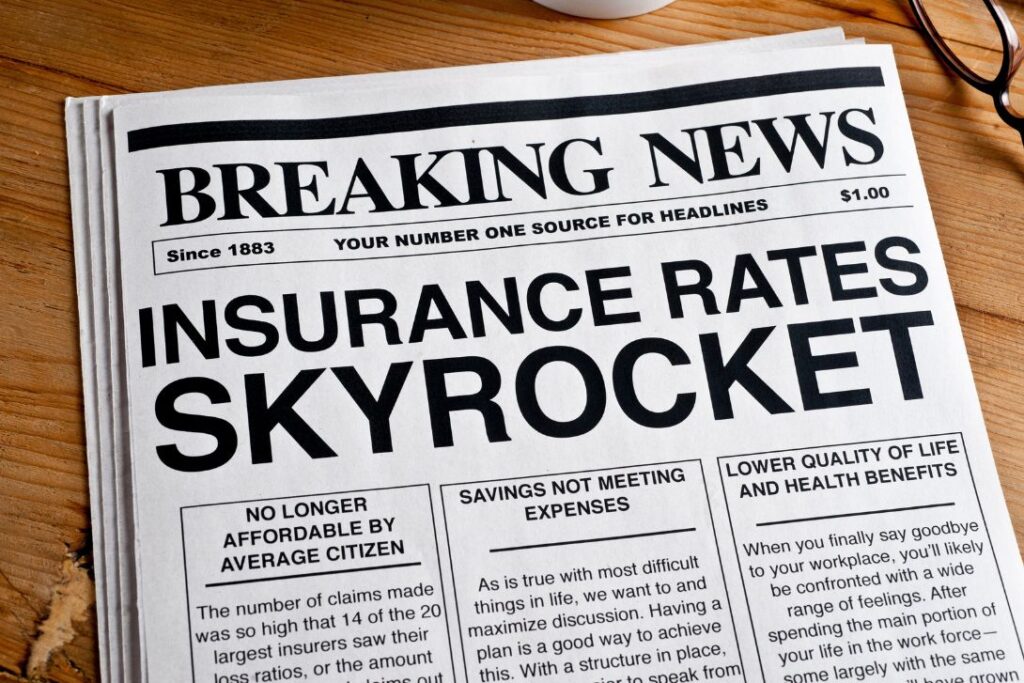
State Farm, the largest homeowners insurance company in California, did cancel upwards of 1,600 homeowners insurance policies in Pacific Palisades on or before July 2024, as reported by CBS News. This was just six months before the horrific firestorm hit this beautiful Palisades region.
However, State Farm, and probably most other insurance companies in California and elsewhere, is suddenly starting to request “emergency rate hikes” to cover their financial losses. The premium rate hike request from State Farm to California state officials is near +22% for homeowners insurance and up to as high as +38% for renter’s insurance.
article continues after advertisement
Are Your Pools and Agencies Liquid or Not?
Water causes more home damage each year than anything else. As such, water effectively floods the insurance pools more than anything else in spite of firestorms getting more recent national coverage.
Will your insurance or a separate government agency cover your financial losses? Who is more financially solvent these days – the insurance agency or the homeowner?
The “liquid” term when used in finance translates as being flush with cash. Conversely, illiquid means that a person or entity doesn’t have much access to available cash that’s fairly easy to access.
Let’s take a closer about how financially insolvent insurance or government agencies are these days:
FEMA (Federal Emergency Management Agency) is technically insolvent or broke, as per FEMA themselves. The National Flood Insurance Program (NFIP – managed by FEMA) was described as being more than $20 billion in debt in January 2024 at a panel hearing held by the U.S. Senate Banking, Housing and Urban Affairs Committee.
“The Small Business Administration’s (SBA) disaster assistance loan program is out of money after hurricanes Helene and Milton struck parts of the U.S., the agency has announced.”- ZeroHedge
The Citizens Property Insurance Corporation is described as the “last” option for insurance within the state of Florida. However, Citizens was also described by many as being out of money before Hurricanes Helene and Milton reached the Florida shores.

California’s own “insurer of last resort” named the FAIR Plan had upwards of $336 billion of property exposure a year ago with just a cash surplus between $300 and $700 million, as per the California Assembly Insurance Oversight Committee. L.A. County fires might cost $30 to $50 billion for the FAIR Plan.
Hurricane Helene and Milton might’ve caused more than $200 billion dollars’ worth of damage in Florida, North Carolina, and elsewhere, according to The Real Deal.
Who will bail out FEMA first so that FEMA can bail out the National Flood Insurance Program, Citizens, SBA, FAIR Plan, and others? Please note that only 1% to 6% of U.S. homeowners (under 2% in California) have flood insurance coverage protection. If flooded without flood insurance, the homeowners are likely to receive nothing, sadly.
Will Underwater Homes Soon Follow?
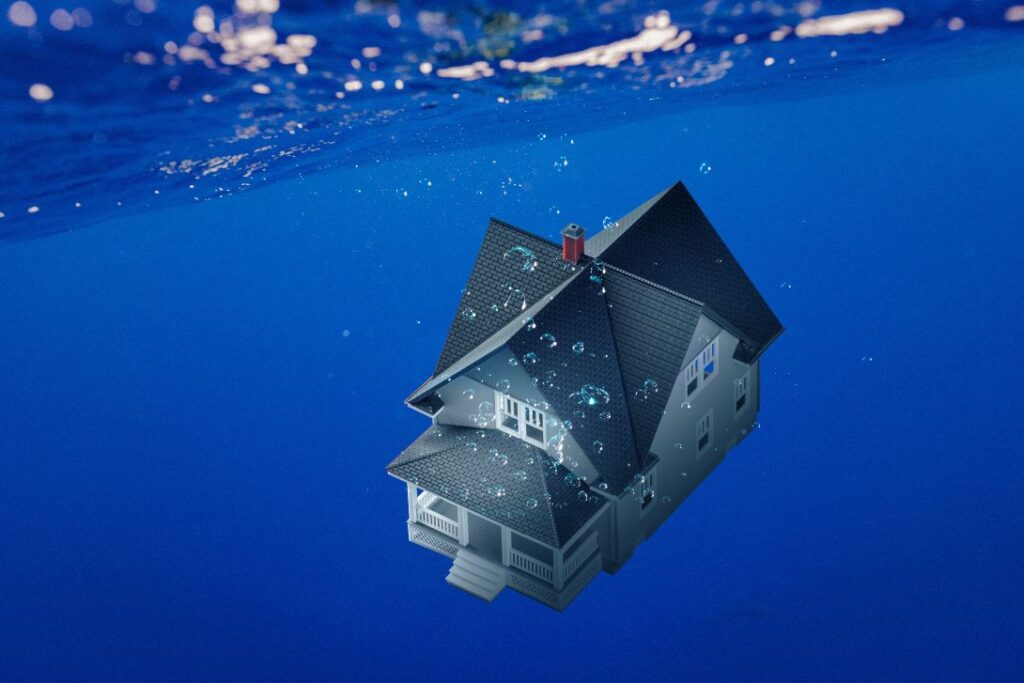
There were more than 70,000 homes damaged or completely destroyed by the devastating floods from just Hurricane Helene in North Carolina a few months ago. Some other estimates are as high as 125,000 damaged homes in North Carolina.
In numerous states across the nation over the past year, the number of damaged or destroyed homes from fires, floods, or wind damage probably number somewhere in the few hundred thousand range. A rather large number of these properties either had no insurance in place or not enough coverage protection.
Many insurers also are completely denying insurance coverage payout claims from distressed property owners for a wide variety of reasons. As a result, many homeowners, landlords, tenants, and commercial property owners will just walk away from their property and mortgage obligations. If so, these future foreclosures become sales comparables for the homes that did survive.
At some point, the future home values will start to fall and more homeowners will be living in figurative “underwater” homes where the mortgage debt far exceeds the current market value.
Should you, your family, or friends be in challenging situations like any of these shared scenarios, please research as many different potential solutions as possible and reach out to local knowledgeable third-party advisors to minimize your losses and to maximize your gains.
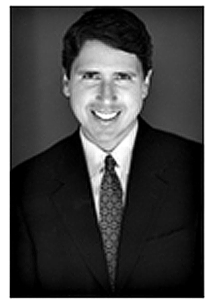
Rick Tobin
Rick Tobin has worked in the real estate, financial, investment, and writing fields for the past 30+ years. He’s held eight (8) different real estate, securities, and mortgage brokerage licenses to date and is a graduate of the University of Southern California. He provides creative residential and commercial mortgage solutions for clients across the nation. He’s also written college textbooks and real estate licensing courses in most states for the two largest real estate publishers in the nation; the oldest real estate school in California; and the first online real estate school in California. Please visit his website at Realloans.com for financing options and his new investment group at So-Cal Real Estate Investors for more details.
Learn live and in real-time with Realty411. Be sure to register for our next virtual and in-person events. For all the details, please visit Realty411.com or our Eventbrite landing page, CLICK HERE.


